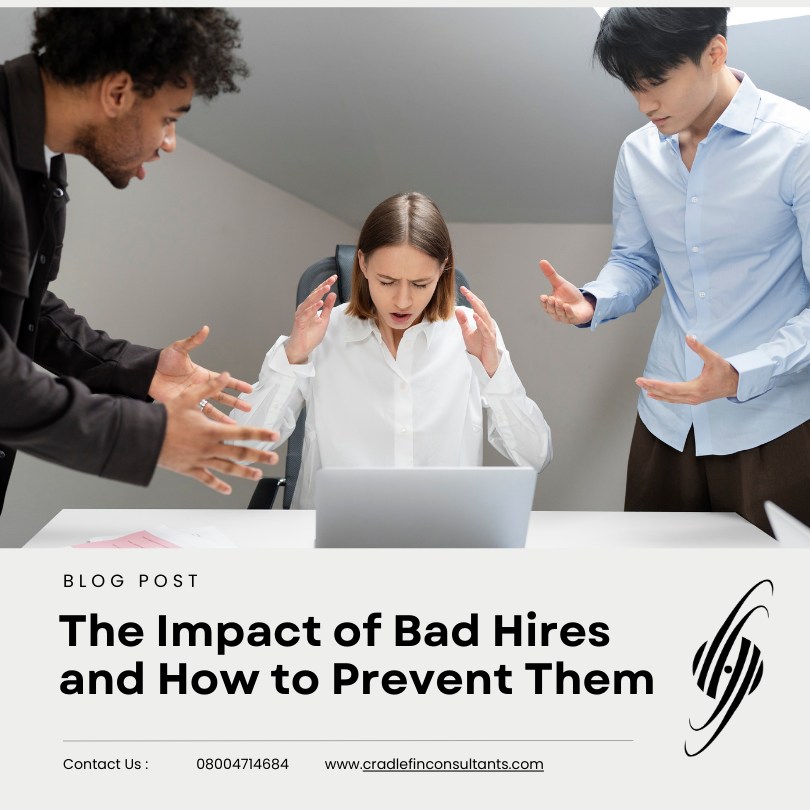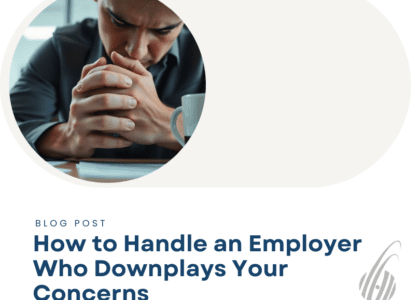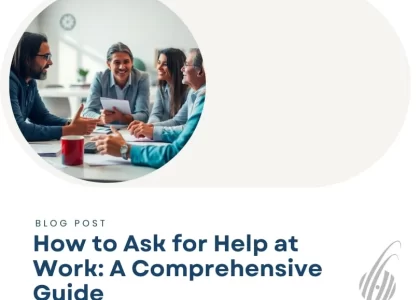Introduction
The Impact of Bad Hires and How to Prevent Them
In today’s competitive business landscape, the repercussions of making a bad hire extend far beyond just the financial costs. Hiring the wrong person can disrupt team dynamics, lower morale, and hinder overall organisational productivity. In this article, Cradlefin Consultants explores the detrimental effects of bad hires on company culture and performance, as well as provides strategies and best practises for avoiding such costly mistakes. By understanding the root causes of bad hires and implementing effective recruitment and selection processes, organisations can mitigate risks and build a strong, high-performing team.
The Cost of Bad Hires
Financial Impact: Bad hires can be a big hit to the company’s wallet. From recruitment costs to training expenses, the financial toll of bringing on the wrong person can add up quickly.
Productivity Loss: A bad hire can disrupt team dynamics and decrease overall productivity. When someone isn’t a good fit for the role, it can lead to missed deadlines, errors, and lower output.
Common Causes of Bad Hires
Insufficient Job Analysis: When hiring managers don’t have a clear understanding of the role’s requirements, it becomes easier to make a misstep in hiring. Without a proper job analysis, finding the right candidate becomes a shot in the dark.
Poor Screening and Interviewing Techniques: Relying on gut feelings or vague interview questions can lead to bad hires. Without structured and effective screening processes, it’s easy to overlook red flags and end up with a mismatched candidate.
Effects on Company Culture and Morale
Impact on Team Dynamics: Bringing in someone who doesn’t mesh well with the team can disrupt the delicate balance of office dynamics. This can lead to tension, communication breakdowns, and overall lower morale.
Erosion of Trust and Engagement: When employees see bad hires being made, it can erode trust in the company’s decision-making processes. This lack of faith can lead to disengagement, decreased loyalty, and an overall negative impact on company culture.
Strategies for Avoiding Bad Hires
Developing Clear Job Descriptions: One way to prevent bad hires is to start with a solid foundation – clear job descriptions. By outlining the role’s requirements, responsibilities, and expectations, you set a roadmap for finding the right candidate.
Implementing Structured Interview Processes: Structured interviews help ensure that all candidates are evaluated fairly and consistently. By asking behavioural questions and assessing skills methodically, you can better gauge a candidate’s fit for the role, reducing the risk of making a bad hire.
Importance of Effective Recruitment and Selection Processes: When it comes to building a successful team, effective recruitment and selection processes are key. By utilising behavioural assessments, companies can gain valuable insights into a candidate’s personality traits and work style, helping to ensure a good fit for the role. Additionally, aligning these processes with company values can help attract candidates who are not only qualified but also share the organisation’s mission and vision.
Training and Development to Mitigate Bad Hires: Mitigating bad hires doesn’t stop at the recruitment stage. Investing in training and development is crucial for setting employees up for success. Onboarding and orientation programmes can help new hires acclimate to the company culture and expectations, while continuous learning opportunities allow employees to grow and adapt to changing roles and responsibilities.
Monitoring and Evaluating Employee Performance: Monitoring and evaluating employee performance is essential for identifying and addressing any issues that may arise. Establishing clear performance metrics can help employees understand expectations and track their progress. Providing constructive feedback and support is equally important, as it helps employees learn and improve, ultimately contributing to the overall success of the team.
Case Studies and Best Practises: Learning from real-world examples can offer valuable insights into effective hiring practises. Success storeys of companies with strong recruitment processes can inspire others to follow suit. Similarly, reflecting on past experiences of bad hires can highlight important lessons learnt and strategies to avoid similar pitfalls in the future.
Closing Thoughts
The Impact of Bad Hires and How to Prevent Them: In conclusion, the consequences of bad hires can be significant, affecting not only the bottom line but also the overall well-being of a company. By recognising the common causes of bad hires, implementing robust recruitment strategies, and prioritising employee development and performance evaluation, organisations can proactively prevent such missteps. Investing in hiring practises that align with company values and culture can lead to a more engaged and productive workforce. By taking proactive steps to avoid bad hires, businesses can pave the way for sustained success and growth.
Frequently Asked Questions
1. What are some common signs that indicate a bad hire?
Common signs of a bad hire include lack of alignment with the company culture, poor job performance, negative attitude, high turnover rate, conflicts with colleagues, dishonesty or unethical behaviour, and inability to meet deadlines or goals.
2. How can poor hiring decisions impact company culture?
Poor hiring decisions can significantly impact company culture by disrupting team dynamics, decreasing morale, creating a toxic work environment, damaging employee engagement, and ultimately leading to increased turnover. It can also erode trust among employees and undermine the organisation’s values and reputation.
3. What steps can organisations take to prevent bad hires?
To prevent bad hires, organisations can take several steps such as implementing a thorough and structured hiring process, conducting multiple rounds of interviews, utilising pre-employment assessments, checking references diligently, setting clear job expectations, and involving key team members in the selection process. Additionally, investing in employer branding to attract the right talent and providing comprehensive training for hiring managers can help in making informed hiring decisions.
4. How important is ongoing training and development in mitigating the risks of bad hires?
Ongoing training and development are crucial in mitigating the risks of bad hires as they ensure that employees have the necessary skills to succeed in their roles. By investing in continuous learning opportunities, organisations can improve employee performance, enhance job satisfaction, foster a culture of growth and development, and ultimately reduce the likelihood of hiring the wrong candidate. Training also helps in aligning employees with the company’s values and goals, leading to better organisational outcomes and overall success.
In conclusion, by paying close attention to the signs of bad hires, understanding the impact of poor hiring decisions on company culture, implementing effective hiring practises, and prioritising ongoing training and development, organisations can mitigate the risks associated with hiring the wrong candidates and ultimately build a strong and high-performing team.






